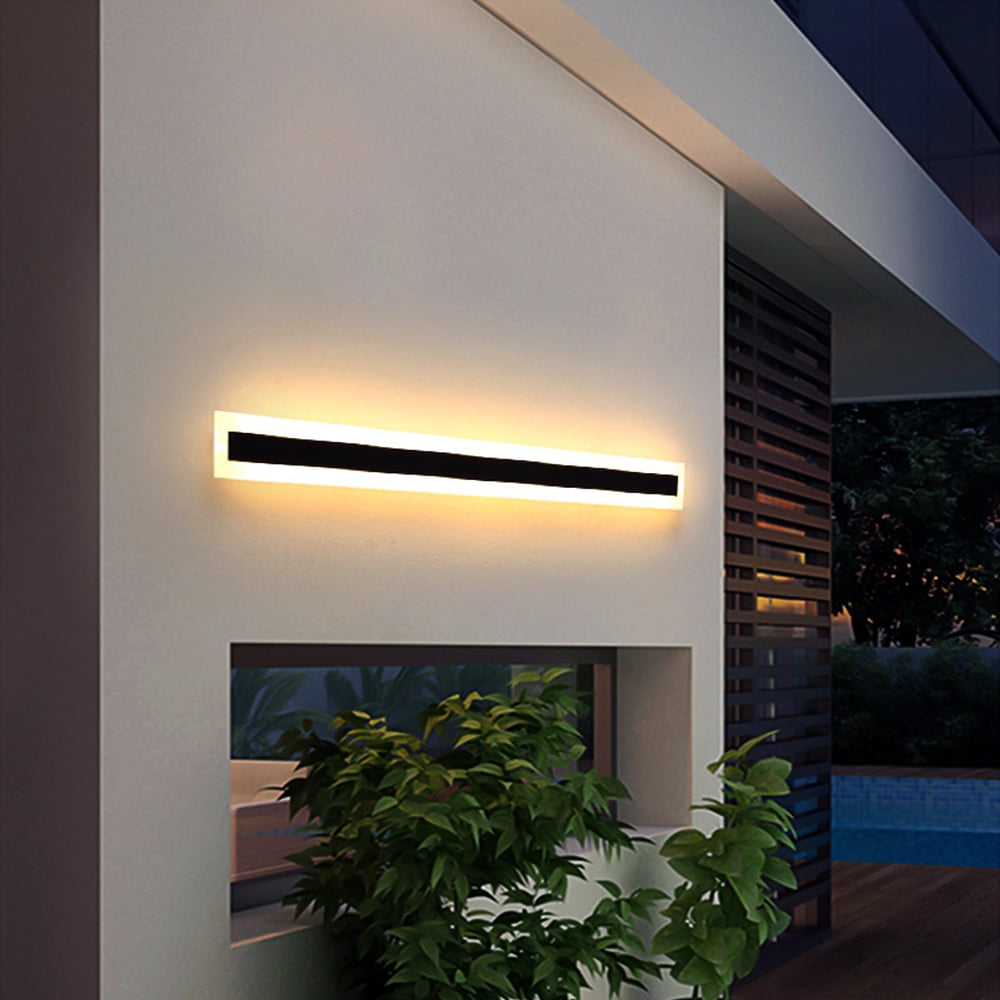Clarifying Light Emitting Diode Display Panel Illumination Measurements to Peak Display Functionality
Clarifying Light Emitting Diode Display Panel Illumination Measurements to Peak Display Functionality
Blog Article
LED panel screens have become more and more favored across different environments, including residences and businesses as well as public spaces. Such panels are known for their vivid and vibrant displays, which make them suitable for communicating data, ads, as well as engagement. However, understanding brightness illumination levels for Light Emitting Diode wall screens remains crucial to guaranteeing ideal visual efficacy. Illumination can be quantified in units called candelas, which indicate how much light is emitted from the panel. A greater number of quantity in candelas, the brighter more luminous a visual will be. For, example, a panel boasting 1,000 candelas is significantly brighter than one with five hundred candelas, rendering this one better equipped for well-lit environments.
When choosing an Light Emitting Diode panel panel, it is crucial in take into account the environment in that the screen will be placed. For well-lit illumined areas, such as shopping malls or open-air settings, higher increased luminosity rate is necessary for guaranteeing clarity. On the other hand, within dimmer settings, like cinemas and conference rooms, a lower brightness level might be adequate. This is because excessive brightness in a dark setting can result in viewer discomfort among the audience, making it harder to focus on the display. Therefore, understanding the specific requirements of an installation location can help in selecting the right brightness level for optimal viewing experience.
A further crucial element to consider the contrast differential proportion in the LED wall panel. This contrast measurement indicates the disparity exists between the brightest light and the black black that the screen can create. An higher contrast ratio means that the display can show more detail and depth, thereby improves general visual clarity. For example, one screen with a contrast ratio of 10,000:1 will Resources display visuals featuring greater brilliant hues as well as crisper features than one with a ratio at one thousand to one. Such becomes especially important when displaying images and motion graphics which demand high clarity and detail, including presentations or advertising material.
Moreover, the technology behind LED panel screens has a crucial role for their brightness and total efficiency. Different types of Light Emitting Diode methods, including Organic Light Emitting Diode and LCD, possess distinct traits which impact the way luminosity is experienced. OLED panels typically provide superior contrast and deeper shades, which can improve a visual experience in darker settings. Conversely, traditional LED panels might be better in bright environments because of the ability to generate greater levels of illumination. Comprehending these tech-related differences can help consumers in making knowledgeable decisions based on their individual requirements.
In conclusion, regular maintenance as well as adjustment of LED panel panels can assist preserve optimal brightness as well as efficacy over time. Dust as well as dirt may accumulate on a screen, affecting its illumination and clarity in the display. Regular cleaning and expert calibration can guarantee that panel screen operates at top best, providing consistent image quality. Additionally, certain advanced LED panel panels come built-in built-in options which allow operators for adjust brightness settings as well as color adjustments based on their led backdrop screens wants. By implementing such steps, operators can ensure the their LED panel panels provide the optimal display performance, no matter the setting in that these are placed.